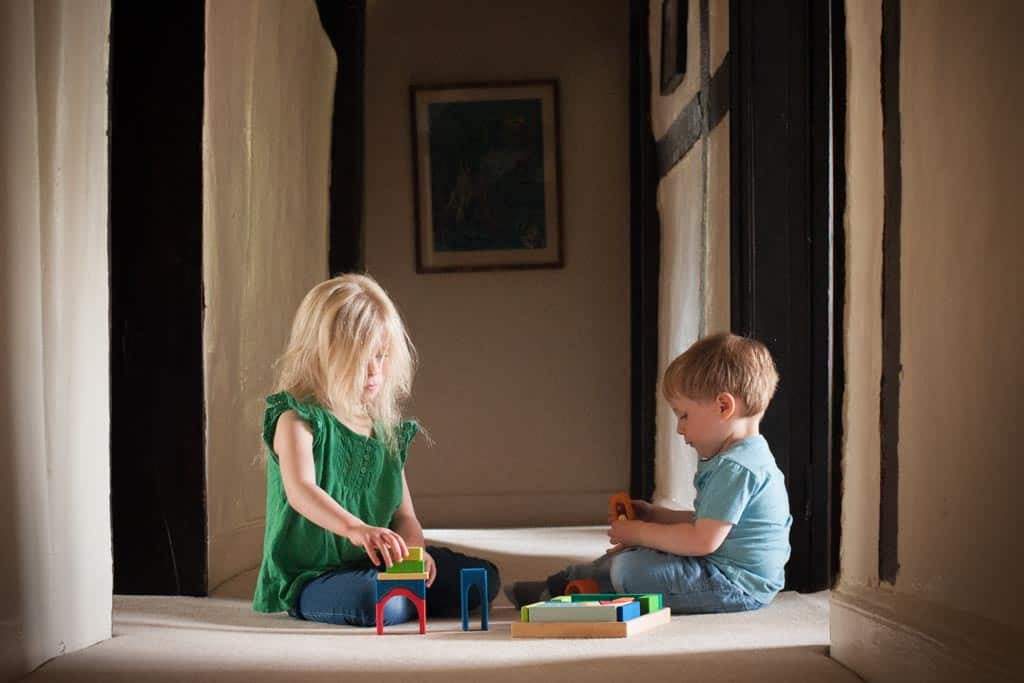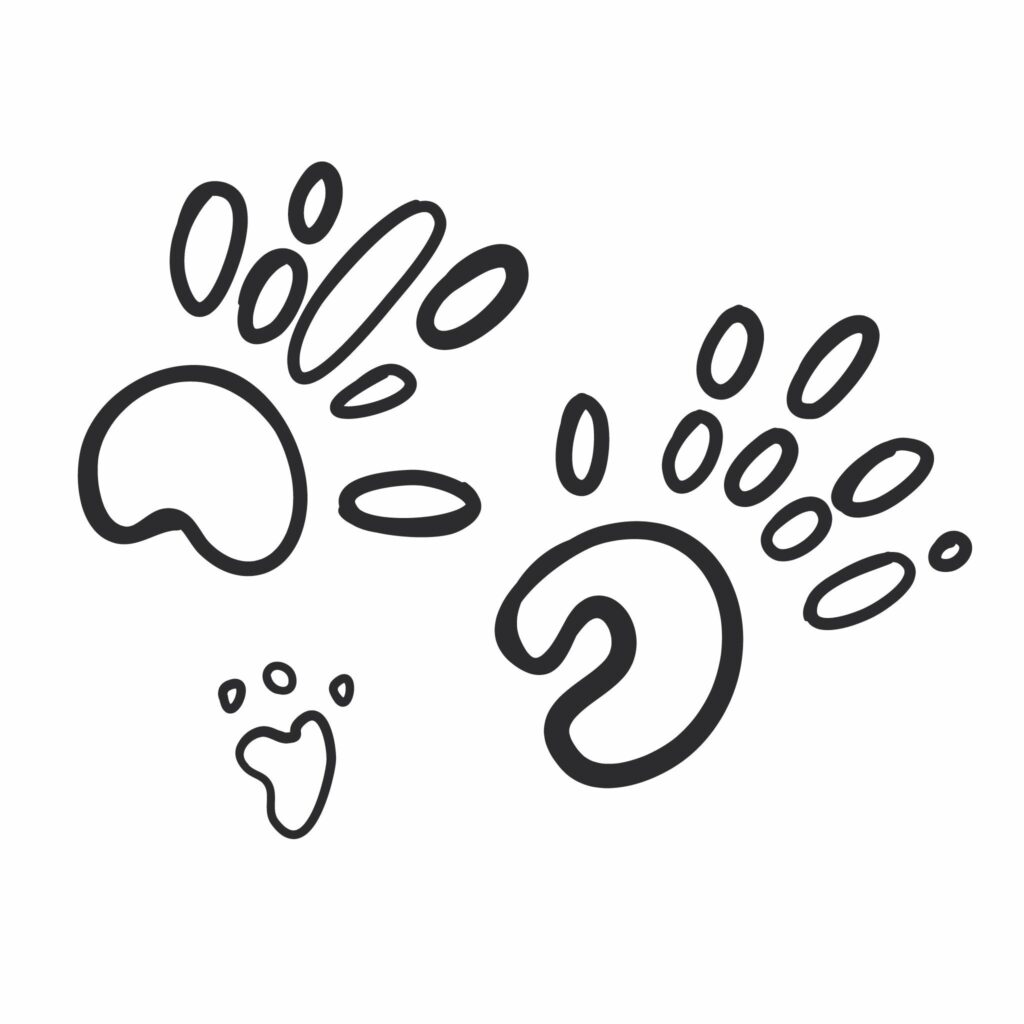A boy is on the beach.
He squats down to fill his bucket with sand.
A while later, a little girl appears alongside him. She too has a bucket, but also some moulds and a scoop. She digs and fills, tips out and shapes.
They don’t talk. They barely acknowledge each other’s presence. They simply play, side by side, doing their own thing.
This is parallel play.
The six stages of play
Mildred Parten identified six stages of social play, from unoccupied to co-operative. They chart children’s progression from playing alone to playing together. Read the rest of the series here:
Recognising parallel play
In the stages of social play, parallel play comes after onlooker play but before associative. Your child is on the verge of joining in but she’s not ready to interact.
However, even though children at this stage do play alone, they sometimes copy each other. The girl tips out her bucket of sand to make a sandcastle. She then decorates it with shells. The boy, looking over, thinks ’That’s a good idea’ and gathers some shells of his own.
Look for this kind of play in older toddlers, although don’t be surprised to see your preschooler engage in it from time to time, especially when they find themselves amongst unfamiliar faces.
Benefits of parallel play
- Independent play. Parallel play boosts children’s confidence and helps them to play independently. Sitting in a waiting room with your toddler – at the doctor’s surgery, perhaps – she sees another two-year-old playing with a bead rollercoaster. Feeling brave, she leaves you behind (secure in the knowledge that you are nearby) and walks over to see if there is anything of interest in the toy box.
- Safe social setting Playing in parallel provides a non-threatening environment to understand social cues. The bead rollercoaster looks more fun than any of the other toys. Your child tentatively touches one of the beads while the other child eyes her warily. It’s OK to play with the beads on your side, she seems to be saying. Just don’t come over to this end. This part is mine. Over time, your child learns the social cues to play more interactively with others, to play associatively.
- Language development. Your child will hear, process and later mimic words and phrases used by the other children in parallel play.

Encouraging parallel play
Sand and water are perfect for parallel play because they never run out. But toys can cause conflicts. Whenever two children play side by side, make sure there are enough toys to go around.
If you do this, and give your child the freedom to explore without forcing direct interactions, she will have the confidence to move away from you and to play in parallel with others.
Final word
Like the stages that come before, nothing of much importance seems to happen in parallel play. But this seemingly small step up from onlooker play is an significant staging post on the way to play’s highest form – cooperation.
Help your child to feel safe and secure and the rest will naturally follow.




